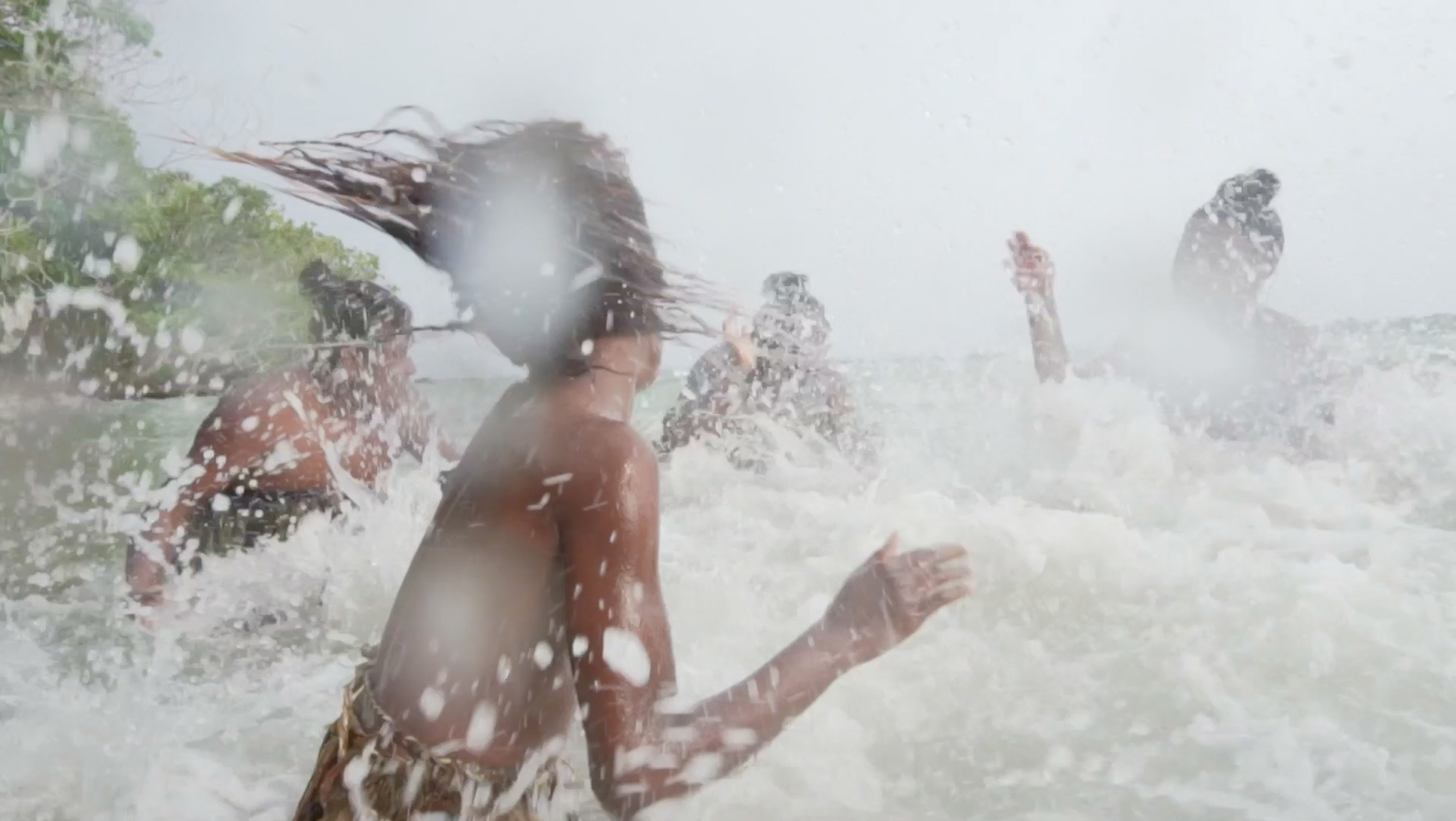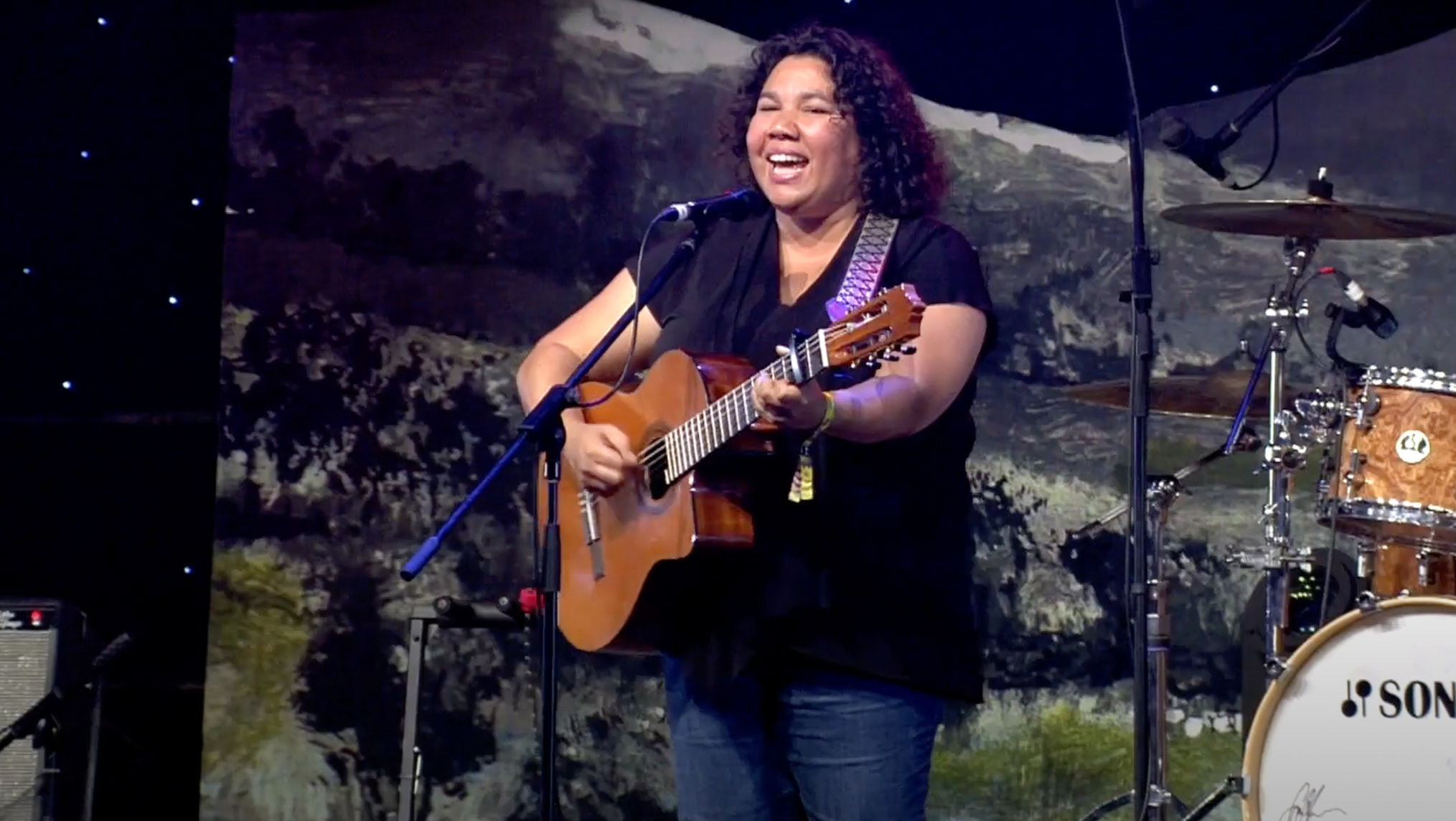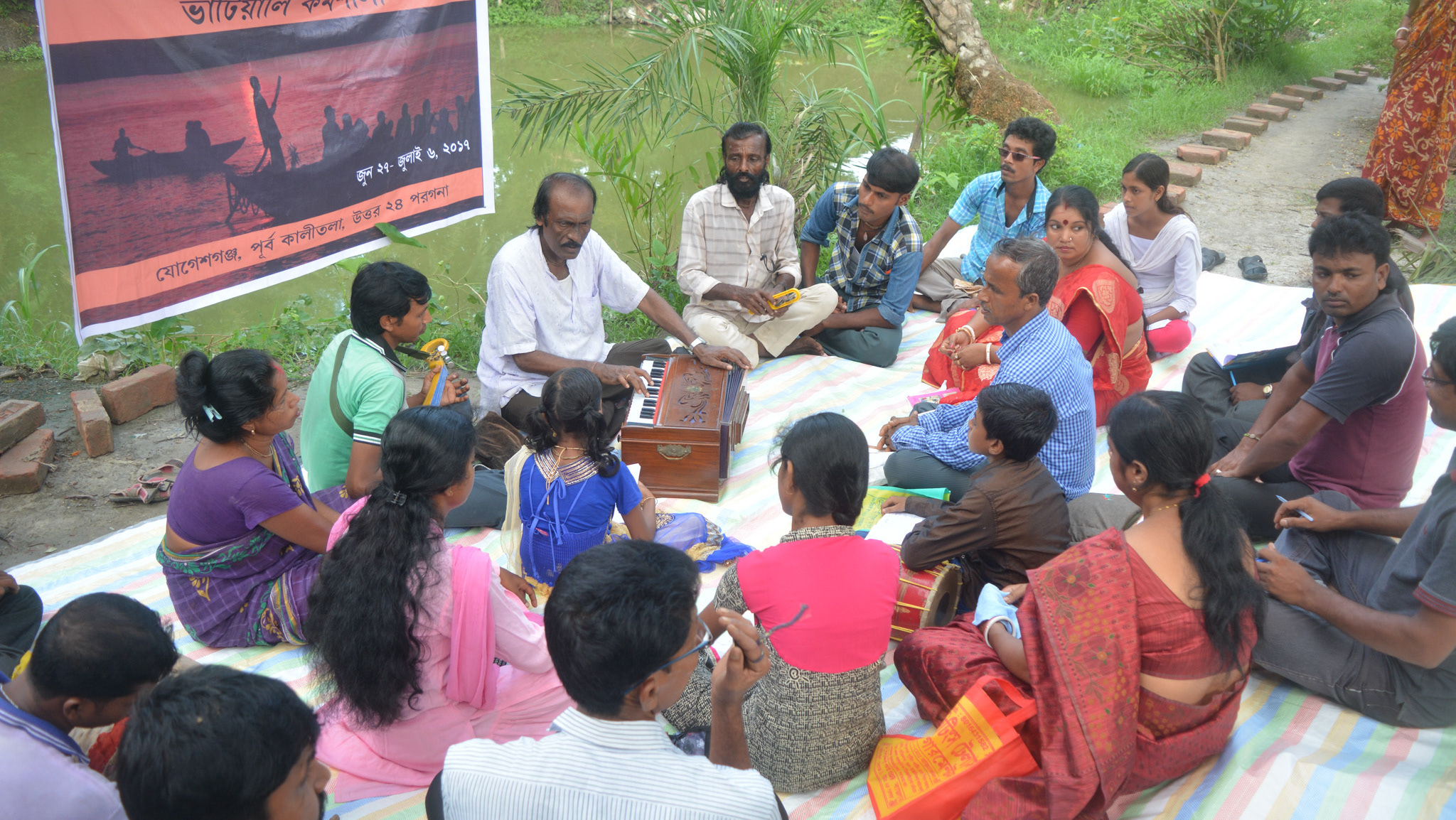Portraits of saharawi music
with collaborators Violeta Ruano Posada and Mohamed Sleiman Labat
When Morocco invaded their homeland in 1975, thousands of Saharawi people fled across the Western Saharan border and set up camps in the Algerian desert, where they have remained ever since.
Their exile to the Tindouf Refugee Camps (see map) brought into jeopardy the continued practice of traditional Saharawi haul music. But it also stimulated new ways of making, learning, teaching, and thinking about music, even propelling a whole new vibrant genre of revolutionary Saharawi songs, nidal.
Western Sahara and the location of the Tindouf Saharawi refugee camps in Algeria. Map: catherine grant / stepmap
With Saharawi artist Mohamed Sleiman Labat and Spanish researcher Violeta Ruano Posada, this case study probes the links between forced displacement, cultural sustainability, and political justice. It centers on the cultural documentation project Portraits of Saharawi Music—a partnership between Ruano Posada, the Saharawi Ministry of Culture (in exile), and the British Library, UK.
Portraits of Saharawi Music has helped sustain and promote Saharawi music, and has brought international attention to the ongoing Saharawi struggle for political self-determination and independence.




